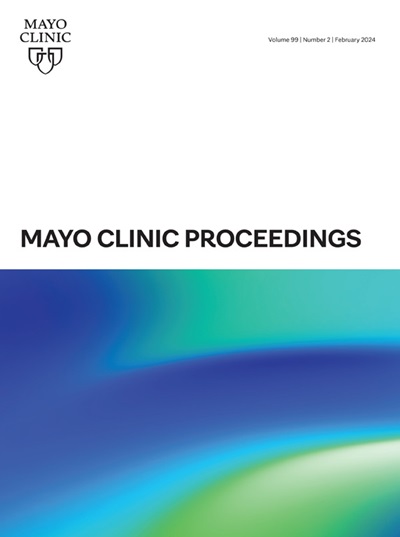Ten Principles to Advance Occupational Well-being in Health Care Organizations
IF 6.9
2区 医学
Q1 MEDICINE, GENERAL & INTERNAL
引用次数: 0
Abstract
The high prevalence of occupational distress in health care workers and its implications for quality of care are now widely recognized by health care organizations. While many have taken authentic steps to address this problem, a number of factors make effective organizational interventions challenging. The unique structure of each organization and practice group requires that the design of improvement efforts be tailored to fit each organization. Due to a desire to be evidence-based, many organizations also mistakenly begin by selecting and implementing a collection of tactics reported as effective without first developing a holistic organizational strategy to inform which tactics are most appropriate for their organization. In addition, different specialty disciplines (eg, primary care, radiology, surgery) and employee types (eg, pharmacist, social worker, physical therapist, administrative leader) face different issues and have different needs, necessitating a principle-driven approach that can be applied broadly but also tailored to meet the specific needs of diverse groups. Here, we describe 10 foundational principles that can be adapted to meet the needs of diverse organizations. These principles can be applied to foster occupational well-being for both clinical and nonclinical health care workers and provide a framework to meet the distinct and varied needs of different organizations and work units.
促进医疗机构职业福利的十项原则
卫生保健工作者中职业困扰的高流行率及其对护理质量的影响现在已被卫生保健组织广泛认识到。虽然许多人已经采取了真正的步骤来解决这个问题,但许多因素使有效的组织干预具有挑战性。每个组织和实践小组的独特结构要求改进工作的设计要适合每个组织。由于希望以证据为基础,许多组织也错误地开始选择和实施一组被认为有效的策略,而没有首先制定一个整体的组织战略来告知哪些策略最适合他们的组织。此外,不同的专业学科(如初级保健、放射学、外科)和员工类型(如药剂师、社会工作者、物理治疗师、行政领导)面临不同的问题和有不同的需求,需要一个原则驱动的方法,可以广泛应用,也可以量身定制,以满足不同群体的具体需求。在这里,我们描述了10个基本原则,这些原则可以适应不同组织的需求。这些原则可用于促进临床和非临床卫生保健工作者的职业福祉,并提供一个框架,以满足不同组织和工作单位的不同和不同的需求。
本文章由计算机程序翻译,如有差异,请以英文原文为准。
求助全文
约1分钟内获得全文
求助全文
来源期刊

Mayo Clinic proceedings
医学-医学:内科
CiteScore
16.80
自引率
1.10%
发文量
383
审稿时长
37 days
期刊介绍:
Mayo Clinic Proceedings is a premier peer-reviewed clinical journal in general medicine. Sponsored by Mayo Clinic, it is one of the most widely read and highly cited scientific publications for physicians. Since 1926, Mayo Clinic Proceedings has continuously published articles that focus on clinical medicine and support the professional and educational needs of its readers. The journal welcomes submissions from authors worldwide and includes Nobel-prize-winning research in its content. With an Impact Factor of 8.9, Mayo Clinic Proceedings is ranked #20 out of 167 journals in the Medicine, General and Internal category, placing it in the top 12% of these journals. It invites manuscripts on clinical and laboratory medicine, health care policy and economics, medical education and ethics, and related topics.
 求助内容:
求助内容: 应助结果提醒方式:
应助结果提醒方式:


